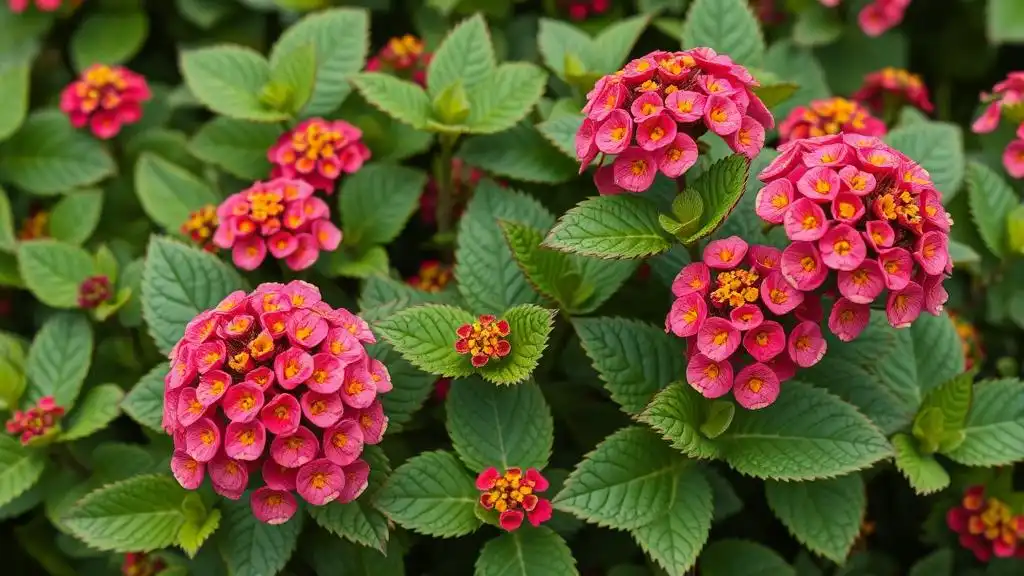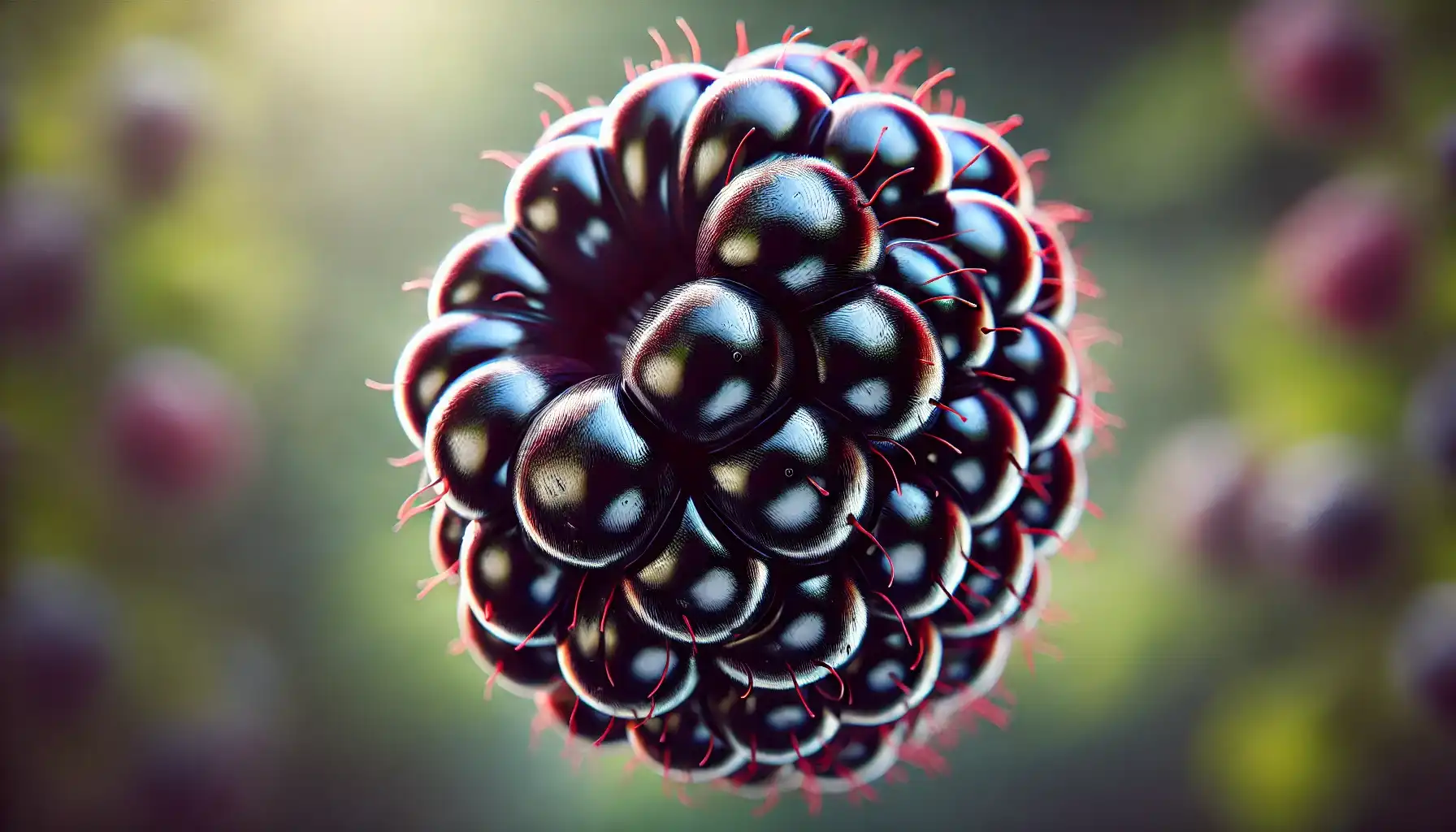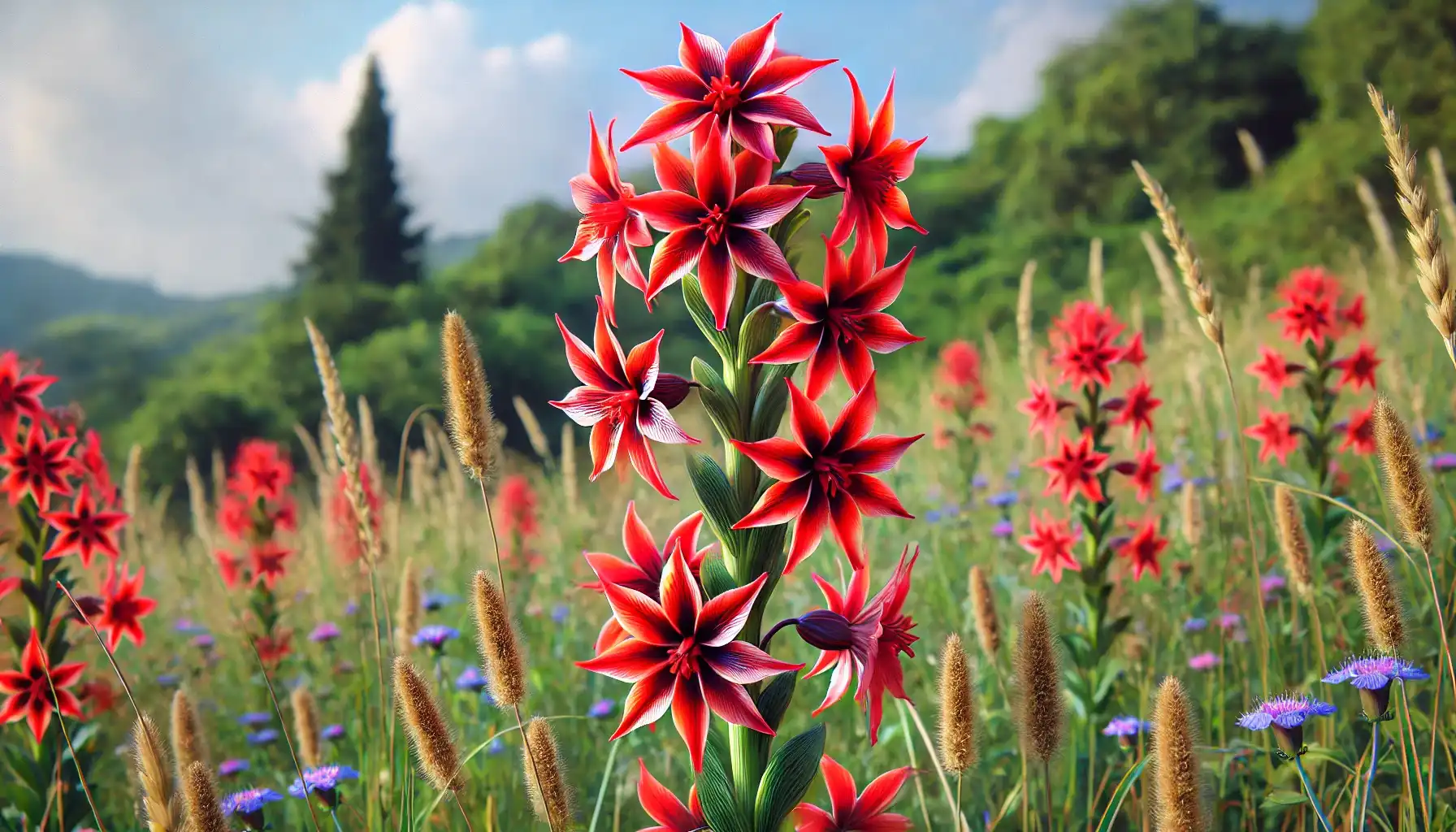Lantana – A Flowering Shrub to Grow and Care For

Flowering plants are probably the most popular inhabitants of indoor and outdoor gardens. Lantana, with its vibrant clusters of tiny yet long-lasting blooms, gains popularity among gardeners all over the world for its aesthetically pleasing appearance, adaptability, and practical benefits as well. However, there is so much more to it than you realize.
Contents:
Flowering plants are probably the most popular inhabitants of indoor and outdoor gardens. Lantana, with its vibrant clusters of tiny yet long-lasting blooms, gains popularity among gardeners all over the world for its aesthetically pleasing appearance, adaptability, and practical benefits as well. However, there is so much more to it than you realize.
Today, we are going to explore the nature of the lantana plants and learn about when lantanas do come back, what the plant needs to thrive and bloom, and which digital tool is to make gardening easier.

About Lantana Plant
Vibrant, versatile, and captivating – that is the essence of the Lantana plant. Generally speaking, lantana is a flowering shrub with hairy leaves and flat-topped clusters of brightly colored flowers, native to the tropical regions of Central and South America. Lantana loves sunny conditions though it still appears in different parts of the world thanks to its innate resilience and ability to adapt to the climate’s peculiarities.
One of the most captivating and unique features of the Lantana plants is the flower clusters composed of tiny blooms on a long stalk. They usually emit a pleasant scent to attract other living creatures like butterflies. “Do lantanas attract bees?” – you may ask. Yes, they do. Lantana plants produce the sweet nectar that attracts pollinators, such as bees, butterflies, and hummingbirds, who are drawn to feed on it and, in the process, pollinate the vibrant flowers in turn.
Growing Lantana in Your Garden
Apart from the aesthetics and their ability to attract pollinators, planting lantanas might be a good solution to any garden that meets the minimal environmental requirements for them to grow.
Lantanas are incredibly versatile plants that can be used in a variety of landscaping applications, from border and mass plantings to mixed perennial beds and container gardens. However, when put in the ideal conditions, they can be too invasive, for they easily spread and replace other plants. Hence, it is important to control the lantanas and take care of them correctly.
Besides, natives used to exploit the benefits of the lantana plants, for they have a reputation as the natural medicine, e.g., to treat fever, snake bites, or digestive problems. Nevertheless, the large doses of the lantana’s solution are extremely toxic to humans, and the pets cannot tolerate even a small volume but get intoxicated at once. This is why one should pay closer attention to this matter and never let their domestic animals approach the lantana plants.

Do Lantanas Come Back Each Year?
Most gardeners who try to guess if lantanas fulfill their demands usually question “Do lantanas come back each year?”. Depending on the growing conditions, the climate, the USDA hardiness zone, the particular type of lantana, and the care it receives, these plants may be treated as annuals or perennials.
In regions with mild winters and frost-free climates, lantanas are often considered perennial, which means they can survive and regrow for multiple growing seasons without the need for replanting. However, in areas with colder winters or frost-prone conditions, lantanas may behave more like annuals, where they die back at the end of the growing season and need to be replanted each spring. More cold-hardy lantana types, such as “Miss Huff” or “New Gold,” for example, have a better chance of returning year after year.
Proper winter protection is the key. Since these plants are accustomed to warmer environments, it is better to store the lantanas indoors during the winter season so as to prevent frost damage and prolong their lifespan.
Lantana Care Needs
Caring for the lantana plants plays a significant role in maintaining their health and ensuring they may thrive and flourish in your garden. Any plant lover knows that greenery, especially one from distant lands, typically requires special care. Let us see what lantanas may need and what one should do to promote their health.
Sunlight
Lantanas are sun-loving plants that may thrive if they get a sufficient amount of sunlight. As experts state, the healthy growth of lantanas requires at least six to eight hours of direct sunlight each day to be able to bloom.
Watering
Although lantanas are drought-tolerant, they also need regular watering sessions, especially in periods of high temperature and dry weather. Nevertheless, make sure you do not overwater the plant, for this can result in waterlogged roots and, hence, deficient nutrition.
Soil
Lantanas prefer well-draining soil with a slightly acidic to neutral pH level. Amend heavy clay soils with organic matter, such as compost or peat moss, to improve drainage and fertility. Avoid planting lantanas in waterlogged or compacted soil, as this can hinder root development and lead to poor growth.

Pruning
Do lantanas need deadheading? So as to ensure that lantana is to thrive, one should regularly prune the plants to remove spent flowers, encourage new growth, and prevent shrubs from becoming overgrown. However, gardeners suggest that one should cut off the flowers only if the seedpods have not formed yet. This might provide plants with extra energy to grow and produce new flowers even more.
Fertilizing
While Lantanas are relatively low-maintenance plants, they benefit from occasional fertilization to support healthy growth and blooming. Apply a balanced, slow-release fertilizer formulated for flowering shrubs in early spring to provide plants with the right amount of nutrients but not overfeed them.
Pest and Disease Control
As stated before, lantanas are naturally disease- and pest-resistant. Nevertheless, they may still suffer from aphid infestations, spider mites, or fungal diseases such as powdery mildew. Monitor your plants regularly for signs of pest or disease damage, and take appropriate measures to control infestations. But how?
Use AI Plant Finder as an Ultimate Plant Assistant
New generations of gardeners more and more frequently rely on digital tools to enhance their planting experience and get immediate assistance on the spot. One of the tools that has gained popularity among plant enthusiasts is AI Plant Finder.
AI Plant Finder is a new yet promising application with features useful for most gardeners and passers-by as well. Among the most notable advancements are Plant ID and Disease ID, which enable accurate identification via just one photo; Water Calculator and Light Meter, which provide one with relevant information regarding how much water and light the plant needs; and Care Notifications, which may be set according to the plant needs identified by the app.
With AI Plant Finder, you can easily navigate the green world, create a healthy and beautiful garden, and boost your planting experience for good.

Lantanas are beautifully arranged shrubs that may be both beneficial and harmful for you and your family. When prepared, gardeners may take the best out of the plants, add visual appeal to their yards, and enjoy the charm of lantanas with confidence and ease. Be a sensible gardener and let your lantanas bloom!
Share:
Read More
Identify Any Plant, Diagnose Every Disease
Download Our App Now!


